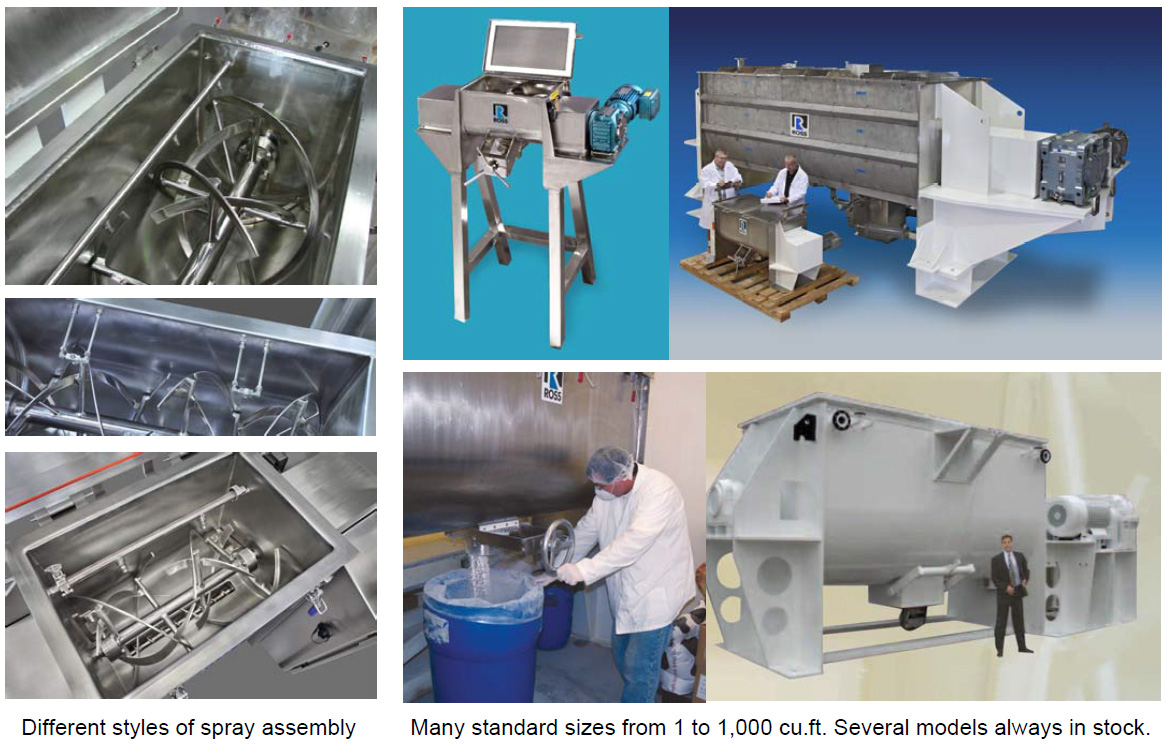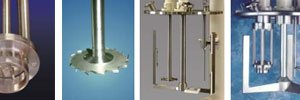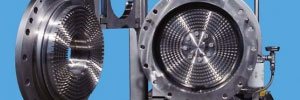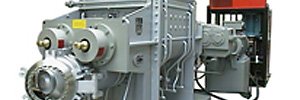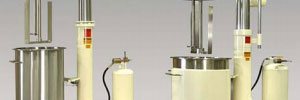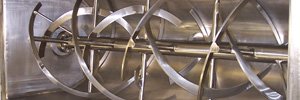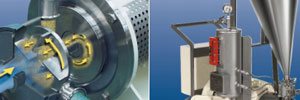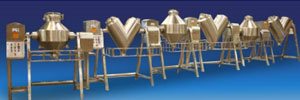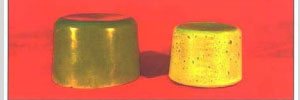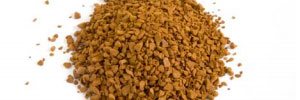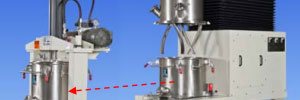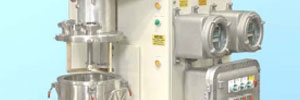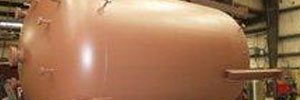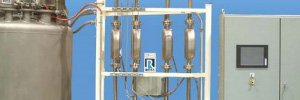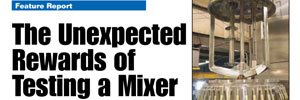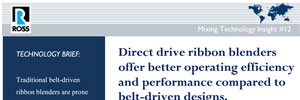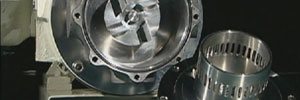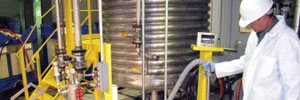Pesticide Production in a Ross Ribbon Blender
Tuesday, January 5, 2021
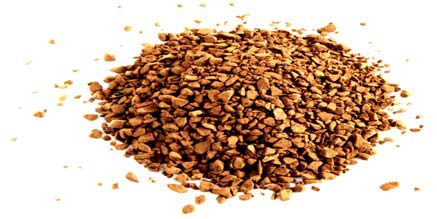
Background
A manufacturer of pest control products was previously batching a granular pesticide for insect larvae in small quantities using a table-top kitchen mixer. This particular pesticide is in the form of pellets which are coated with oil and then mixed with the powdered bioactive ingredient until homogenous.
As the product line grew, it became necessary to move the process to a large-scale blender. The company visited the Ross Test & Development Center to see if a Ribbon Blender can produce a uniform blend of the granules, liquid component and powder.
Testing Procedure and Results
The Ribbon Blender used for the trial was equipped with the standard center-discharge ribbon agitator and a spray bar assembly. The pellets were charged to the horizontal U-shaped trough and the agitator was run at various speeds to establish a load (power draw) profile and observe turnover. A low-viscosity oil was then sprayed through multiple spray nozzles. In two minutes, the oil has thoroughly coated the pellets. The blender was stopped in order to add the powdered active ingredient to the center of the batch. An additional two minutes of mixing completely blended the fine powders with the wetted pellets.
In just two trials the appropriate agitator speed range was determined for each step of the blending cycle. Running within these speeds, the ribbon agitator promoted vigorous flow and a good exchange of materials from different parts of the blender without generating excessive dust or breaking down the irregularly-shaped pellets. It was found that spraying the oil immediately after the blender was started helped to reduce damage to the pellets since the liquid acted as a lubricant.
Testing was also useful in determining the best locations for spraying the oil, the rates of liquid and powder addition, how long it takes for the batch to become uniform (on the second trial, a violet dye was added to enhance visual confirmation of uniformity), how the finished product flows through a certain size discharge valve and approximately how much of it remains in the blender trough as residue (in this case it was very minimal).
Pleased with the results and armed with test data, the company was able to quickly move forward and select the exact features they needed in a production-size Ribbon Blender. These included a custom charging port and six spray nozzles installed on the front and back sides of the trough.
ROSS Advantages
- Precisely designed ribbon agitator providing well-balanced radial and two-way axial flow, fabricated from heavy-gauge high quality stainless steel.
- Tightly-controlled clearances between ribbon and trough: 1/8" to 3/16". Interior stainless steel surfaces are evenly polished and each weld is radiused for easy cleanability.
- Direct drive system: all Ross Ribbon Blenders utilize a compact gearmotor (one-piece motor reducer), a more efficient and reliable design that requires less maintenance compared to traditional belt-driven and chain-driven blenders which are noisy, prone to slippage and need frequent adjustments.
- Many choices of dust-tight or liquid-tight discharge valves. Manual and pneumatic designs available.
- Optional controls for soft-start and variable speed operation.
- Vacuum design, heating/cooling jacket, sanitary finish, high speed choppers and many other custom features also offered.
